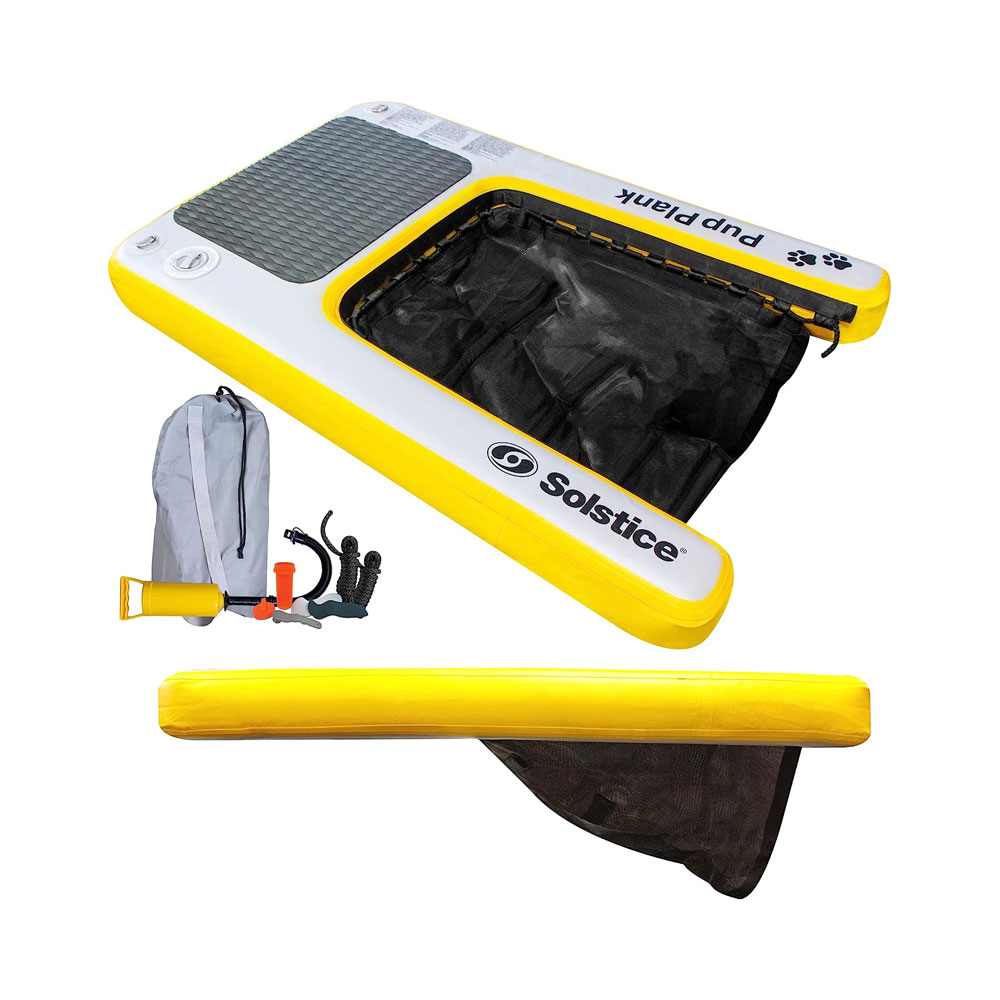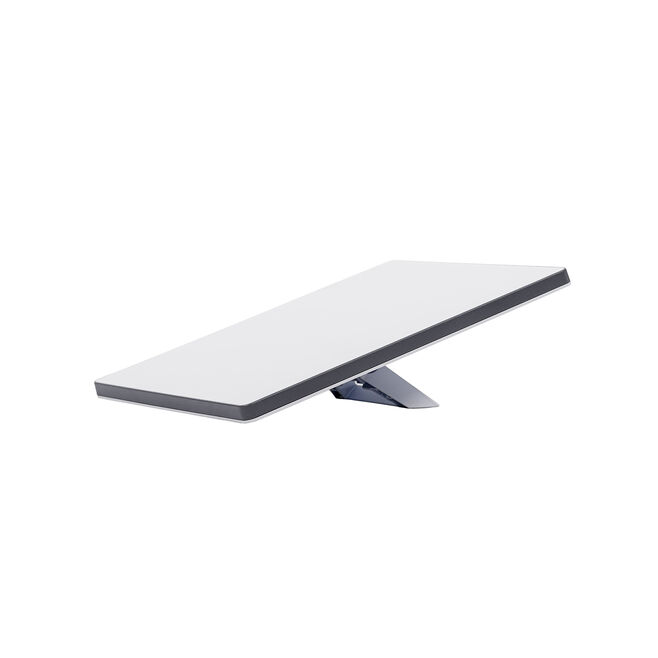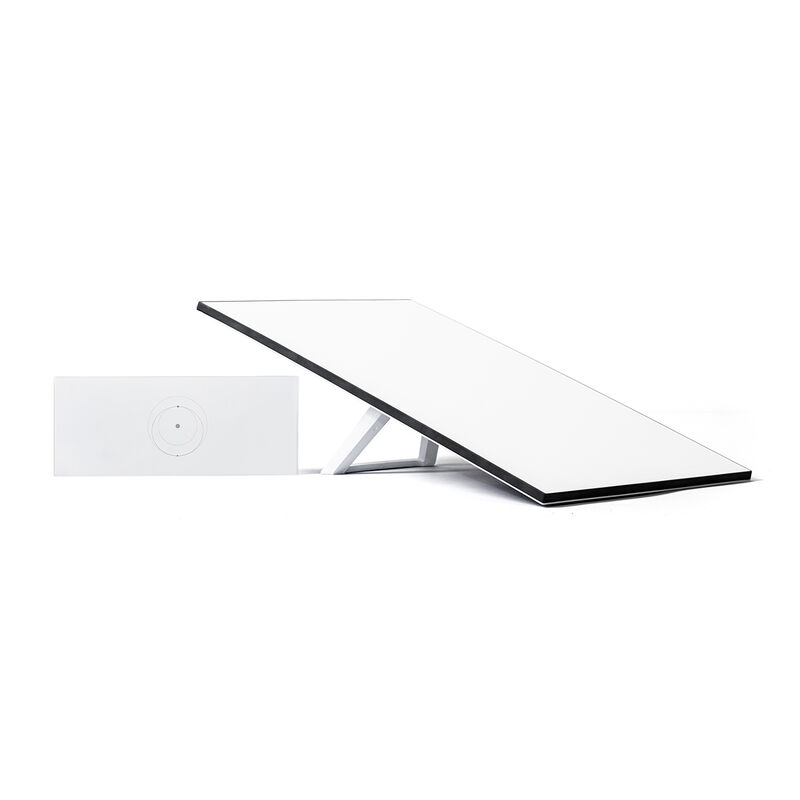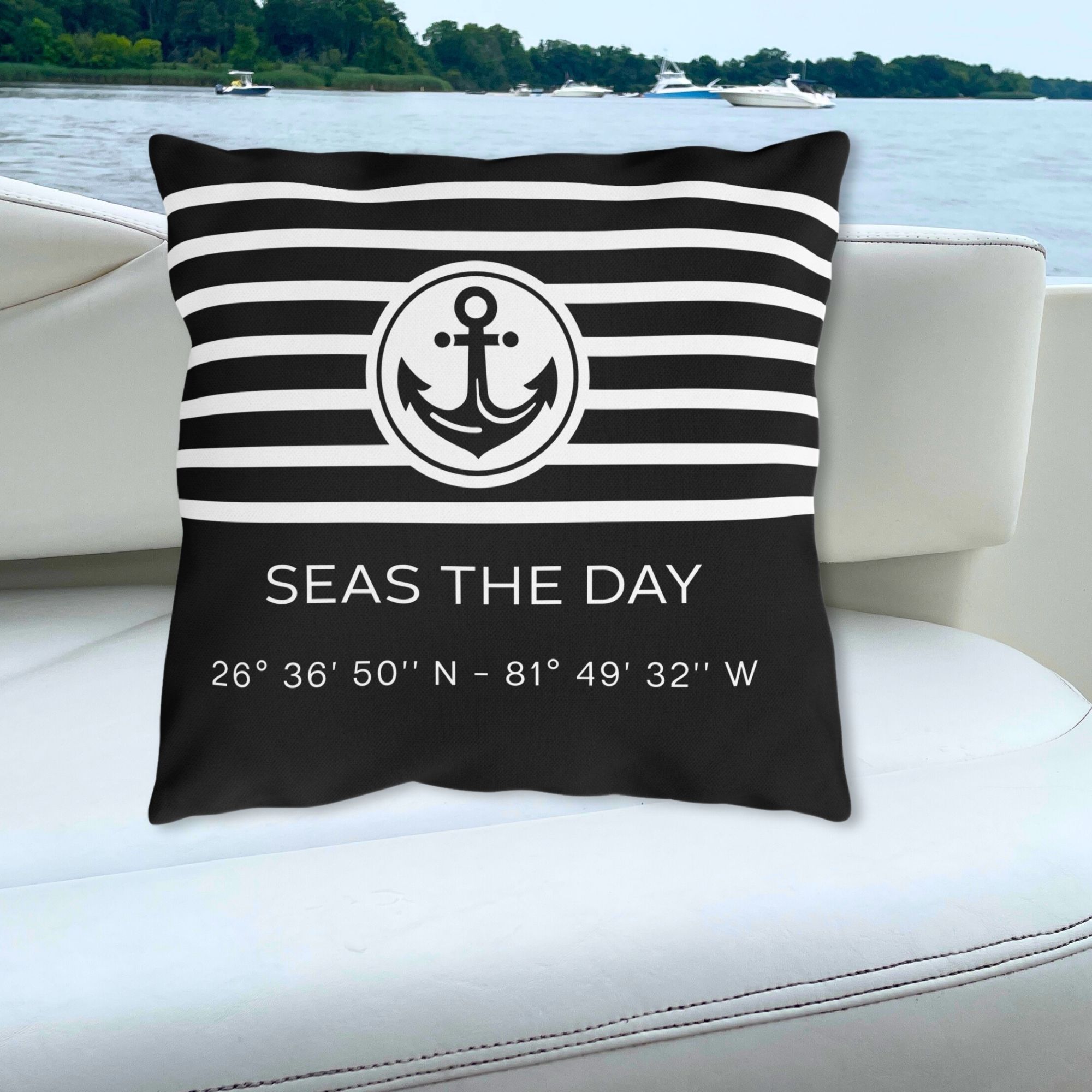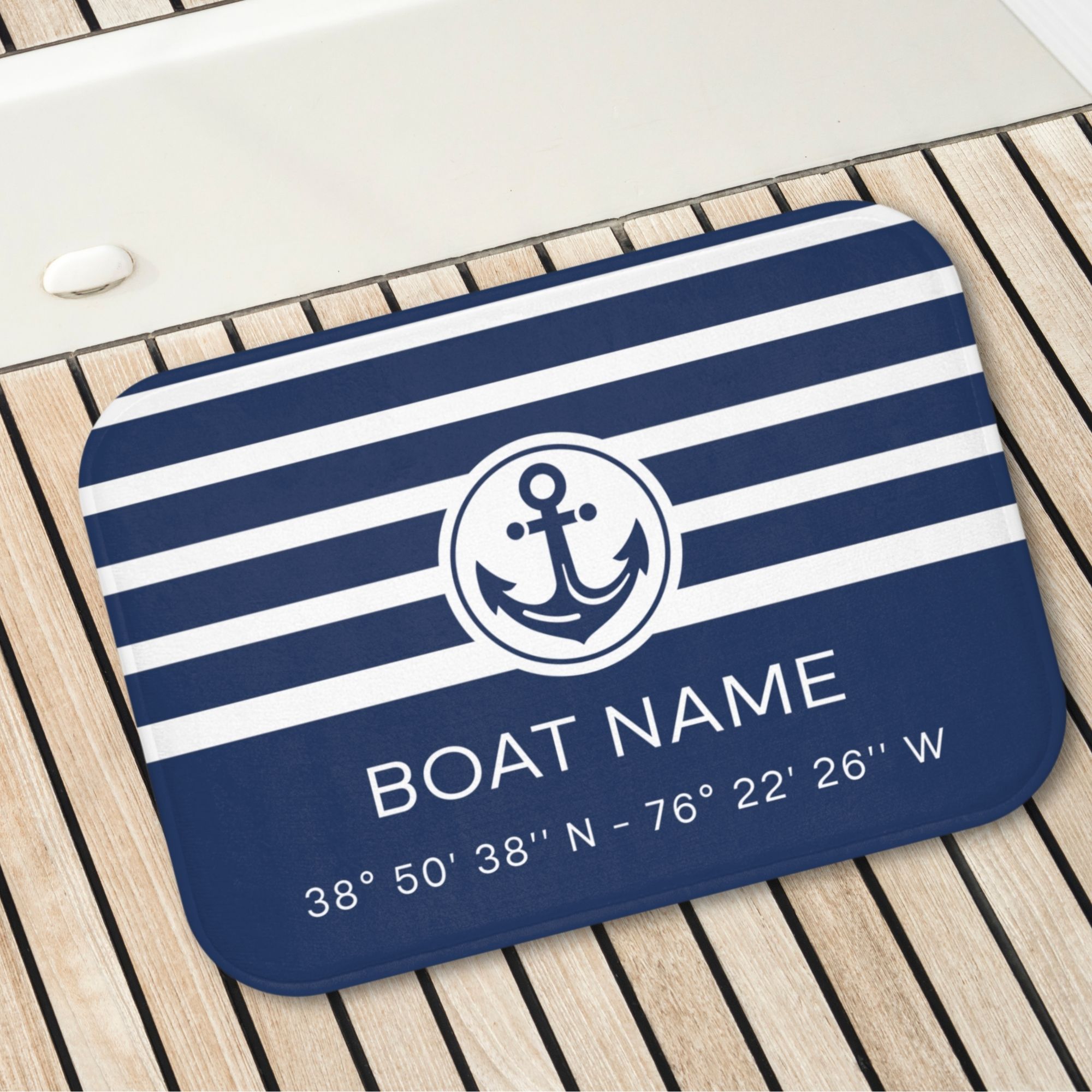
Building or restoring a wooden boat is a rewarding blend of craftsmanship, patience, and deep respect for traditional techniques. For recreational boaters ready to take on the challenge, having the right tools is essential. Whether you’re starting from scratch or refurbishing a classic hull, the proper setup can make the difference between frustration and satisfaction.
Hand Tools: The Foundation of Wooden Boatbuilding
Wooden boatbuilding is rooted in handcraft, and no workshop is complete without a solid collection of hand tools. These tools allow for the fine adjustments, tight fits, and smooth finishes that define quality work. Many boatbuilding schools still teach their use as a foundational skill.
- Block plane — A sharp block plane is indispensable for shaping edges, beveling planks, and trimming parts to fit. It’s especially useful in fitting planks and smoothing curves.
- Bevel gauge — Since wooden boats rarely involve square corners, a bevel gauge lets you capture and replicate custom angles easily — vital for making joints fit along curved hulls.
- Chisels (with mallet) — A set of sharp chisels in various sizes enables precision joinery, mortising, and cleanup. Use a wooden mallet instead of a hammer to preserve chisel edges.
- Hand saw (rip and crosscut) — While power saws are convenient, a good-quality hand saw gives you control and accuracy, especially on smaller or delicate parts.
- Rabbet plane — For cutting precise rabbet joints on the edge of planks or transoms, this specialized plane is extremely helpful.
- Clamps — You can never have too many clamps. From C-clamps to bar clamps and spring clamps, they’re essential during glue-ups, laminations, and alignments.
- Marking tools — A combination square, marking gauge, and a sharp pencil or scribe are key for laying out cuts, mortises, and fair curves.
Power Tools: Boosting Efficiency and Accuracy
Power tools greatly speed up construction while maintaining accuracy, particularly in repetitive or heavy-duty tasks. For the hobbyist working on weekends, they can be a time-saving lifeline.
- Jigsaw or bandsaw — For cutting out frame parts and following complex curves in plywood or hardwood, these saws provide control and flexibility.
- Circular saw — Useful for ripping planks, trimming sheathing, or crosscutting to length. Paired with a guide rail, it offers surprisingly clean results.
- Router (with edge guides) — Essential for rounding over edges, cutting grooves, or making lap joints. Invest in a set of quality router bits to expand your capabilities.
- Orbital sander — Sanding by hand is time-consuming, especially on large surfaces like decks or hull panels. A good orbital sander makes surface prep quicker and more uniform.
- Drill/driver — For drilling pilot holes, driving screws, and countersinking, a cordless drill is a versatile workhorse.
- Shop vacuum or dust extractor — Boatbuilding creates lots of fine dust and wood shavings. A powerful vacuum not only keeps the shop clean but also protects your lungs and tools.
Specialty Tools: For the Serious Hobbyist
As your projects get more advanced, you might find value in investing in specialty tools that enhance precision or expand your skill set.
- Steam box setup — For bending ribs or planks, a steam box allows wood to become pliable and conform to hull curves.
- Caulking tools — If you’re restoring a traditional lapstrake or carvel-planked boat, caulking irons and seam compounds are essential for sealing seams.
- Spokeshave and drawknife — These are ideal for shaping masts, spars, or rounded elements with a high degree of control.
- Moisture meter — Before sealing or finishing any wood, it’s important to check its moisture content to avoid warping or failure later on.
Equip Yourself for a Rewarding Craft
Boatbuilding schools often emphasize that patience and technique matter just as much as having the right gear. Still, a well-equipped shop helps turn that patience into progress. Starting with quality basics and slowly adding tools as your needs grow is a smart approach. Focus on versatility and durability — buying once and buying well saves money and frustration in the long run.
Whether you’re dreaming of building your first skiff, restoring a family heirloom, or just keeping your dinghy in top shape, the right tools empower you to do the job right. With each cut, clamp, and plane stroke, you gain not just a better boat, but the satisfaction that only hands-on craftsmanship can offer.
Trending Now: Must-Have Boat Gear for Your Boat Life
-
SeaSucker Flex-X Cell Phone Mount
$99.00 Quick ViewBuy on West Marine -
Inflatable Floating Pet Ramp
$249.00 Quick ViewBuy on West Marine -
Starlink Mini Kit for High-Speed, Portable Internet on the Go
$599.00 Quick ViewBuy on West Marine -
Sale!
Starlink Standard Kit for Stationary Use: High-Speed, Low Latency Internet
Original price was: $499.00.$349.00Current price is: $349.00. Quick ViewBuy on West Marine
Trending Now: Custom Boat Decor
-
Boat Pillow with Boat Name & LAT LONG Coordinates
Quick ViewBuy on Etsy -
Boat Pillow with Boat Name & LAT LONG Coordinates- Black
Quick ViewBuy on Etsy -
Coastal Blue Stripes Bathmat with Anchor & Boat Name
Quick ViewBuy on Etsy -
Custom Boat Mat with Boat Name & LAT LONG Coordinates
Quick ViewBuy on Etsy
Disclosure: This site may contain links affiliated with companies where we receive compensation. Also, as an Amazon Associate we may earn from qualifying purchases we refer but it does not impact the price you pay. Full disclosure policy.


